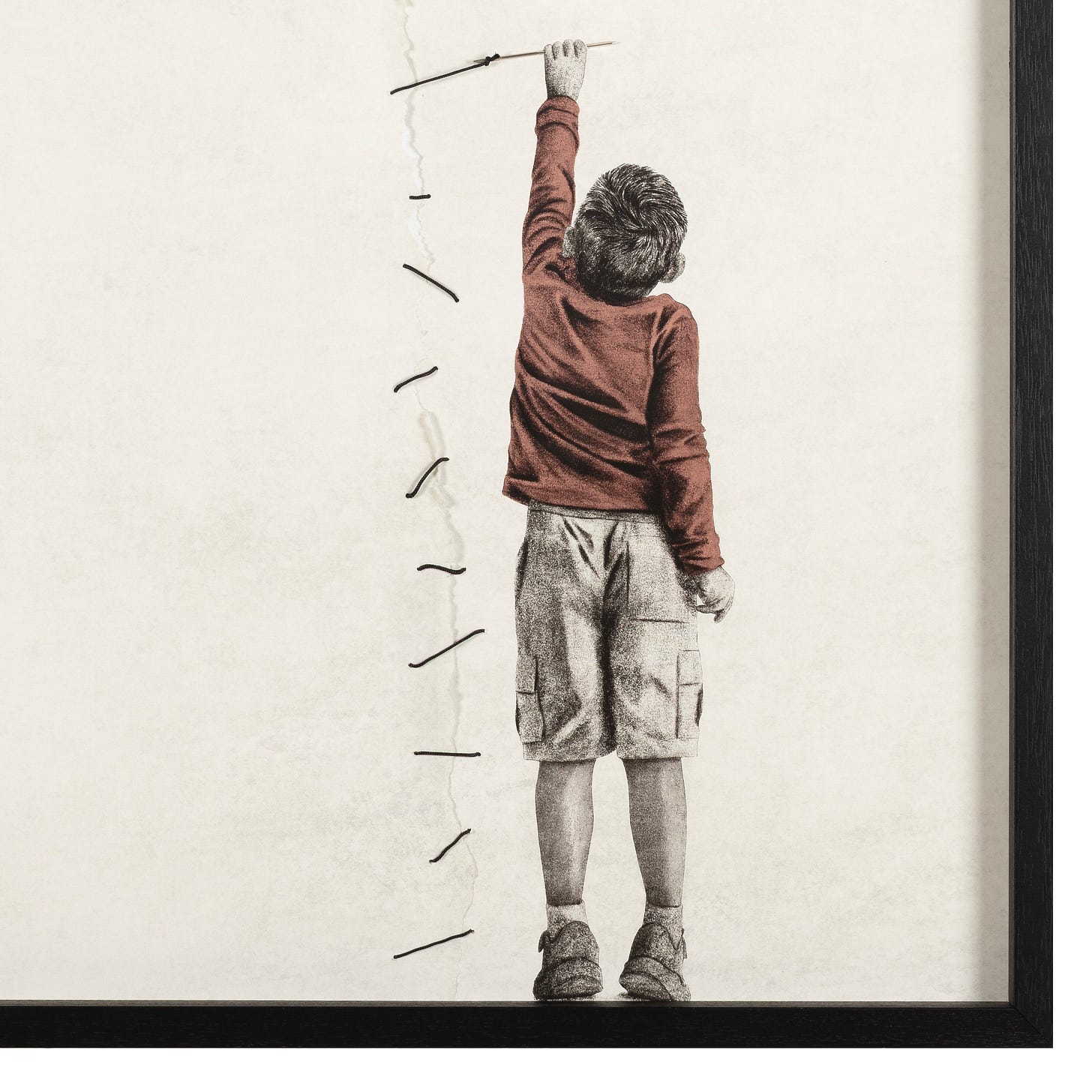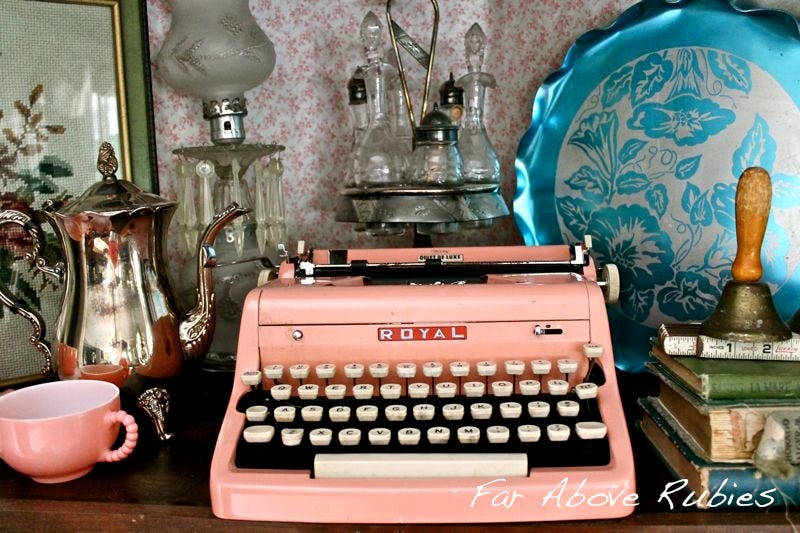Here’s a favorite story of mine about art and love from Carvell Wallace’s memoir, Another Word for Love:
Charles Mingus would purposely write notes that were out of an instrument’s range. When his musicians would balk and say that there was no way they could hit those notes, his response was: “I know that, but the sound of you trying is what I’m going for.”
Wallace writes, “This is what words are: the sound of us trying.”
That’s also what love is, according to Wallace: the struggle of us trying. Reaching, reaching, reaching. Straining, straining, straining.
Because love might not be truly attainable. Sure, there’s attraction, there’s passion, there’s togetherness of all sorts. Yes, you can define love in all of those wonderful ways. But … the love that sustains year after year, whether it’s the love of a parent, a spouse, a friend, can be built upon only if you can hear the other person trying—and if you hear yourself trying.
It’s similar to Martha Graham’s notion of “divine dissatisfaction,” which might very well be the single artistic concept I think about the most.
“Divine dissatisfaction” describes the restless, persistent urge that artists feel to create, even when they are not fully satisfied with their work. We reach for the divine—but the divine is impossible to reach, so our art is in the reaching, not the arriving. “Divine dissatisfaction” is what keeps us constantly striving for something more.
It’s not a negative self-critique, but rather a “blessed unrest,” according to Graham, that fuels our drive to express ourselves and push artistic boundaries. We’re trying to reach something sublime.
Reaching. I wonder if instead of writing for word-count progress we should just write to hear the sounds of ourselves trying. That’s a good definition of success: I have tried.
You can get through the darkest of questions, the darkest of moments in making art if you can hear the sounds of yourself trying. You can also get through the darkest of questions, the darkest of moments of love if you can hear the sounds of two people trying.
It’s when you don’t hear the trying that you know everything is over.
To feel deeply, to risk sentimentality
I’ve been reading a lot of the poet (and great lover) Andrea Gibson since they died recently. They were a poet who dared to be sentimental, and it was in their “sentimentality” that they found art that moves me as much as any.
Their words embody the dare one has to live by to feel deeply, create deeply.
“Sometimes the break in your heart is like the hole in the flute. Sometimes it’s the place where the music comes through,” Gibson wrote.
The sound of trying.
“You are not weak just because your heart feels so heavy,” wrote Gibson.
The sound of trying.
Just to be clear
I don’t want to get out
without a broken heart.
I intend to leave this life
so shattered
there’s gonna have to be
a thousand separate heavens
for all of my flying parts.
—Andrea GibsonThe sound of trying.
One definition of life is heartbreak. Another definition of life is trying. We all need another word for love, per Carvell Wallace’s title of his memoir. Wallace’s word is struggle. I offer a variation of that: trying.
Writing prompt
What is your word for love? How can you put that word on the page? In a poem. In a character. In a scene. In a dramatic moment.
How can you strive for the divine? How can you be fulfilled just by the reaching, the trying?
Please become a paid subscriber …
A subscription guarantees writing love.
Because a quote
“Lately I’ve been thinking about who I want to love, and how I want to love, and why I want to love the way I want to love, and what I need to learn to love that way, and who I need to become to become the kind of love I want to be…….and when I break it all down, when I whittle it into a single breath, it essentially comes out like this: Before I die, I want to be somebody’s favorite hiding place, the place they can put everything they know they need to survive, every secret, every solitude, every nervous prayer, and be absolutely certain I will keep it safe. I will keep it safe.”
—Andrea Gibson
Take an art survey!
My good friend, Karima Cammell—and my partner in next year’s Spir: A Creative Retreat in Italy (you should go!)—is conducting some research on where folks learn or don’t learn art skills. Please take her short survey!
Contact me about my one-on-one work with writers
Class! The Art of Brevity
I'm teaching a three-hour class with the fine folks at Catamaran on Saturday, August 30—via Zoom!—from 10:30 to 1:30.
The class will be based on my book, The Art of Brevity, and we'll read and write and discuss and celebrate tiny tales in a bunch of different ways.
Use the discount code STUDENT and receive 25% off at checkout.
Because a photo prompt
One of my favorite photos1 from my new book, something out there in the distance.
Find out more about the book in my post, The story of my new book.
In the meantime, write a story to this photo. Is it a story about two people trying to be together—or splitting apart? Or both?
Photo by my collaborator, the great photographer Gail Butensky.






I strive to try my best at whatever I do, but just maybe the trying can stand on its own. Just maybe it's the effort that enables relationships to deepen, writing and art to develop - even when we are not at our "best." It invests us in the outcome. Thank you for such an inspiring and illuminating post!
Richard Strauss, the composer, had a musician plead with him. But maestro, maybe you can play this on the piano, but not on the french horn. Strauss replied, you're wrong. You can't play it on the piano either : )